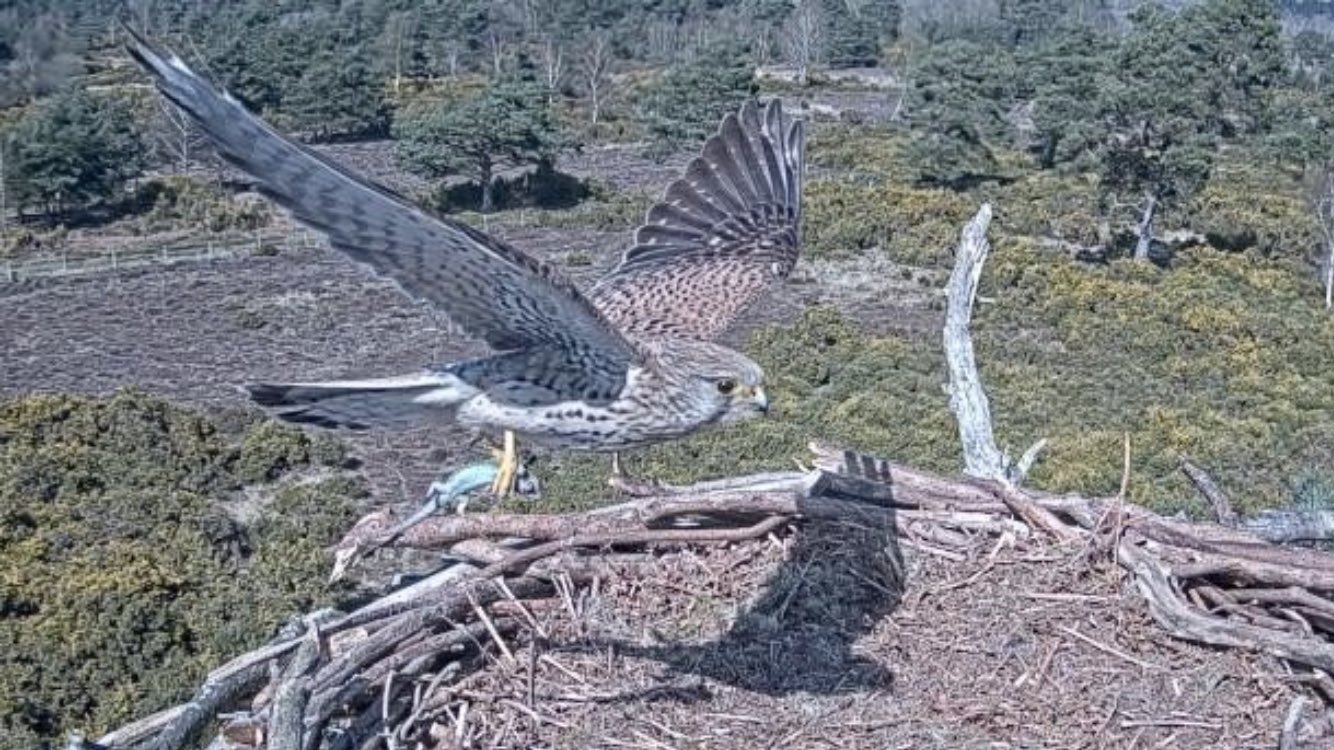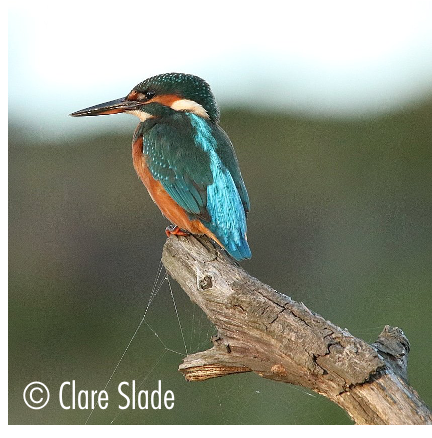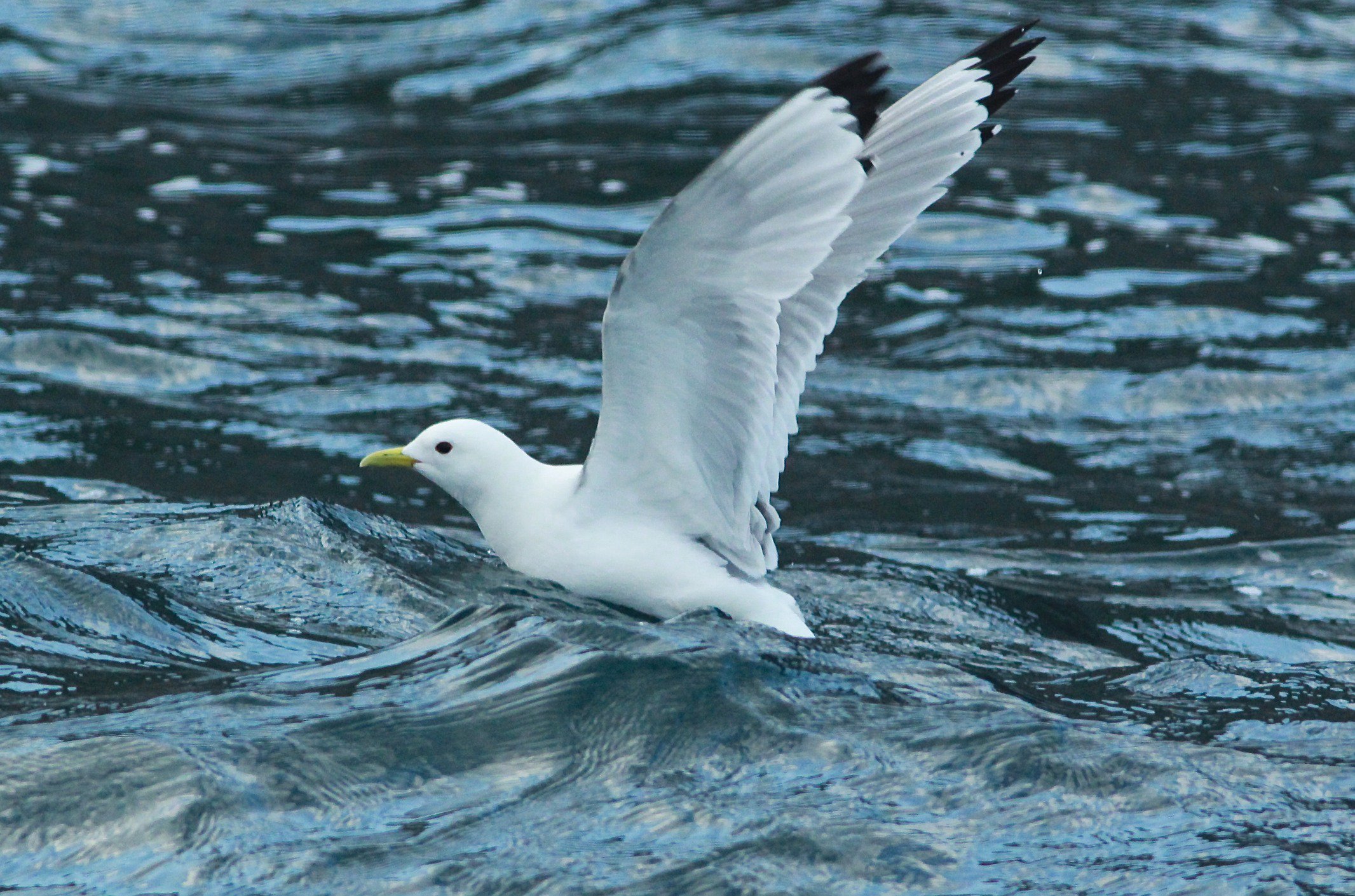An official account of all species that have been recorded and reported by birdwatchers and naturalists in the Poole Harbour area since records began.
The data for this list has been extracted from various sources, but George Greens 'The Birds of Dorset', Mansel-Pleydell's Birds of Dorsetshire, Naylor’s reference manual of rare birds and the back catalogue of Dorset bird reports have provided most information. Data is currently still being researched and records will be updated accordingly.
You can view this information in two different ways. Our alphabetical list provides information on the status of each species within the harbour, finder dates and names, photos and favoured locations. By clicking on the Systematic List button you will be presented the full Poole Harbour systematic list which includes status of species, pending records and historical accounts.
To date, 333 species have occurred and have been accepted within the Birds of Poole Harbour boundaries. A further 11 distinct subspecies have also been seen. In addition, we have two species/subspecies which have been recorded, but are awaiting acceptance by the appropriate records panel.
There are a handful of historical records, for which there is currently insufficient information to allow their inclusion onto the Poole Harbour list, but are believed to be genuine records. They are listed at the end of the list.
Finally, there are a number of feral or escaped species that have been recorded within the Birds of Poole Harbour boundaries. They are included for completeness, but are not included on the Poole Harbour list.
We would be interested in hearing details of any species that do not appeared on this list.
The Birds of Poole Harbour systematic list is a PDF which you can view by clicking on the button below. It was last updated on December 2019.
Full Poole Harbour Systematic List
Kentish Plover
Latin Name
Charadrius alexandrinus
Status
Vagrant
Site And Records Information
This species is declining significantly in terms of its national status. 1993 produced 59 records (the best year since collation of records began in 1986) and 2013 produced only 8 (the worst year). Dorset remains one of the best counties with Ferrybridge, Weymouth being the preferred site. There have only been 9 records in the Poole Harbour.
1 on 24th – 27th Apr 1925 at Shell Bay beach
1 on 27th Apr 1934 at Shell Bay beach
1 on 24th Oct 1950 at Shell Bay beach
1 on 9th Apr 1953 at Shell Bay beach
1 on 22nd – 25th Aug 1977 at Brownsea Lagoon
1 on 14th May 1983 on Shipstal beach, Arne
1 on 20th April 1988 at Arne
1 from 27th Nov – 15th Dec 1991 at Studland (R Price et al)
1 on 1st Sep 2015 on Brownsea Lagoon (G.Armstrong et al)
Kestrel
Latin Name
Falco tinnunculus
Status
Resident
Site And Records Information
Sad to see such a decline in this species but the RSPB webcam in April, May and June gives a great insight to a Poole Harbour nest. Other breeding sites include Studland Heath, Greenland’s Farm and Slepe Heath. Individuals can be encountered anywhere within the harbour but Slepe Heath, Hartland Moor, Lytchett Fields, Greenlands Farm and Ballard are all good sites.
There is sometimes evidence of passage in October with a maximum of 6 in the air at Ballard Down on 6th October 1996.
In spring 2019, Birds of Poole Harbour erected 15 Kestrel boxes around the harbour to help boost the local Poole Harbour breeding population. Sadly, the spring of 2020 was hit by the Covid 19 lockdown meaning we couldn’t check many boxes, however breeding was confirmed in the Piddle Valley with 5 chicks fledging from one of our boxes.

Kingfisher
Latin Name
Alcedo atthis
Status
Resident
Site And Records Information
Breeds up the river valleys that feed in to Poole Harbour and then they head down to coastal spots during autumn and winter. Lytchett Bay, Holton Pools Holes Bay and the mouth of the River Frome are all good spot to check in early autumn (Aug and sept). Can be encountered at any quiet back water or creek like Middlebere, Arne, Swineham, Brownsea and Little Sea when post breeding dispersal takes place. During the winter they even occur regularly at urban sites like Poole Park, Poole Quay and Holes Bay.

Kittiwake
Latin Name
Rissa tridactyla
Status
Erratic, but Regular Coastal Species
Site And Records Information
Although they don’t breed within the boundaries, Kittiwake are regularly seen passing out in Poole Bay if looking from Branksome Chine and Studland, more so in Autumn gales. There are a few inner harbour records on Brownsea and Lytchett Bay. The harbour maximum is 509 south in Studland Bay on 20th October 1980.

Knot
Latin Name
Calidris canutus
Status
Passage Migrant & Winter Visitor
Site And Records Information
Never really numerous in Poole Harbour at any time but most easily seen on Brownsea Lagoon or in Brands Bay from August to October. Recently started to use Middlebere fairly frequently as well as Holes Bay with a flock of c50 present during the winter of 2020/21. Although not as numerous in the winter there are semi-recent counts of 146 in Dec 2001 and 100 in Jan 2001. During the winter of 2011/12 the harbour maximum was only 12. Summer plumaged Knot can also appear on the Brownsea Lagoon during spring migration and also on Lytchett Fields during both spring and autumn migration.

Kumlien’s Gull
Latin Name
Larus glaucoides kumlieni
Status
Vagrant
Call 01202 641 003
© 2025 Birds of Poole Harbour Registered Charity No. 1152615
